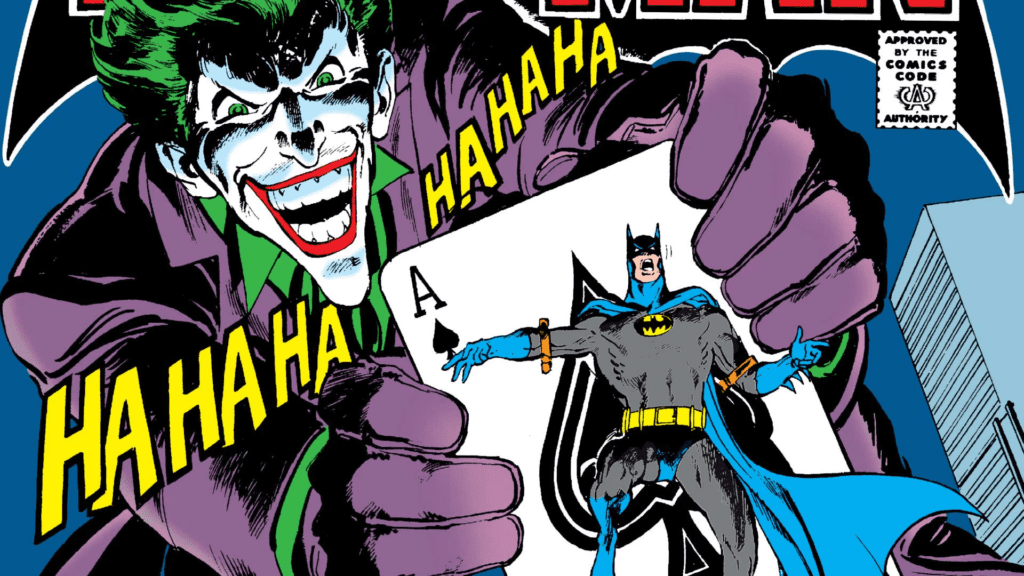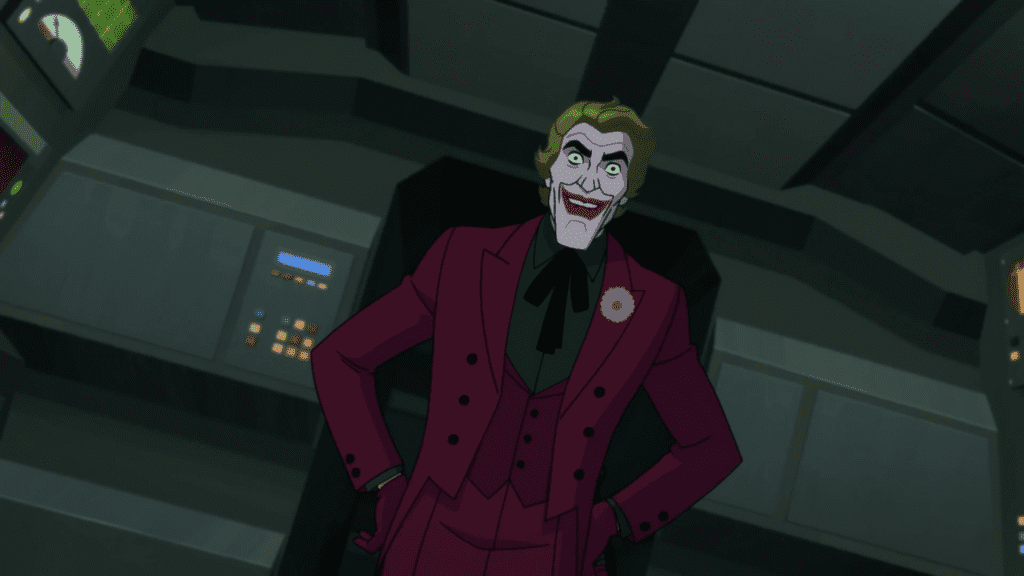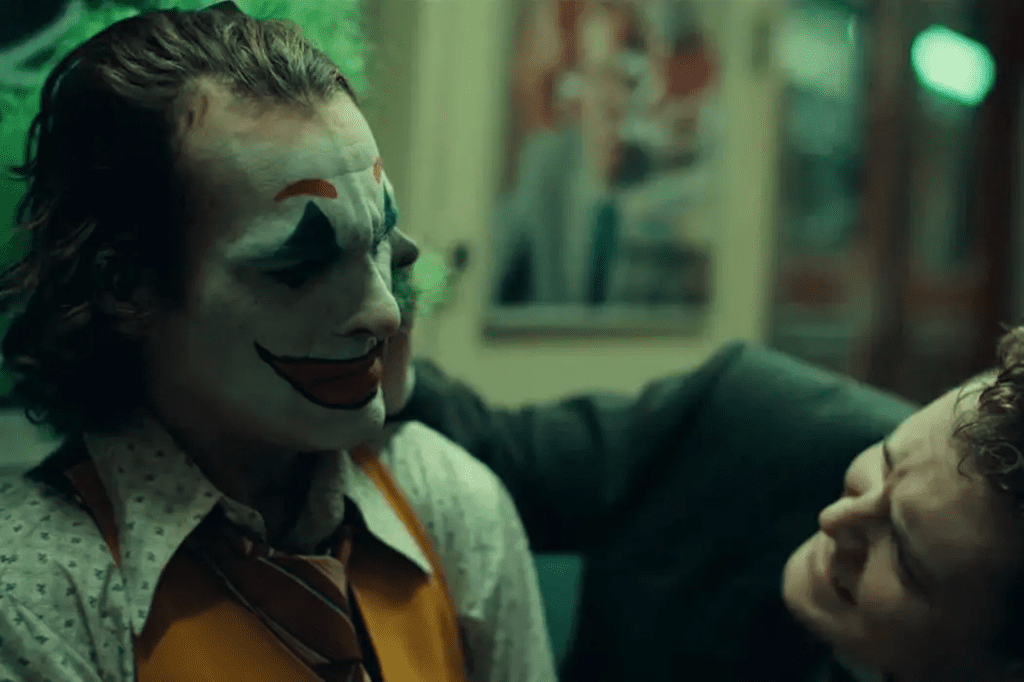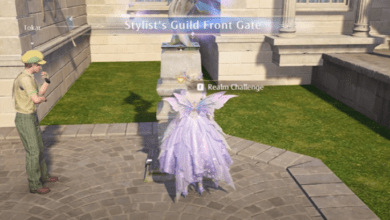The Evolution of the Joker: Six Decades of Madness and Laughter
When it comes to villains, few have the same cultural impact as the Joker. From comic book pages to the big screen, this character has evolved dramatically over the years, each new version offering a fresh and unsettling take on Batman’s greatest nemesis. While his appearance and personality may change, one thing remains constant: the Joker is a deranged mastermind with a twisted sense of humour that’s captivated audiences for over six decades. So, let’s dive deep into the history of the Clown Prince of Crime and explore how his character has evolved through various films, TV shows, and animated adaptations.
The Joker’s Comic Origins: From Laughs to Chaos
The Joker made his debut in Batman #1 in 1940, introducing readers to a maniacal clown with a penchant for mayhem. Originally, he was depicted as a cold-blooded killer with a psychopathic streak. However, throughout the 1940s and ’50s, the character softened, thanks in part to the influence of the Comics Code Authority. The brutal killer evolved into a more comical prankster. Despite these changes, the Joker always retained his unpredictable and anarchic nature, ensuring that every encounter with Batman was as thrilling as the last.

In the years that followed, the Joker’s character became a symbol of chaos, a direct contrast to Batman’s desire for order. His signature grin, wild eyes, and twisted sense of humour made him stand out as the ultimate supervillain, influencing not just the comic book world but pop culture at large.
1960s: Joker’s Colourful TV Debut
The 1960s were a transformative period for the Joker, particularly with his appearance in the Batman TV series, starring Adam West. In 1966, the character made his live-action debut, portrayed by the charismatic Cesar Romero. Romero’s portrayal of the Joker was campy, colourful, and light-hearted, fitting in perfectly with the tone of the show. With his signature laugh and eccentric personality, Romero’s Joker was an instant hit, becoming one of the defining portrayals of the character in popular culture.

Although Romero’s Joker was more of a mischievous trickster than a terrifying criminal mastermind, his version of the character remained a fan favourite. His refusal to shave his Mustache, which was simply covered up with white makeup, became an iconic part of his portrayal.
1970s-80s: From Cartoonish to Sinister
By the 1970s, the Joker had become a staple of Batman’s rogues’ gallery, appearing in various animated series, including The Adventures of Batman and The Super Friends. These versions of the Joker were family-friendly, designed to appeal to younger audiences. The character became more focused on elaborate pranks and heists, with less emphasis on his homicidal tendencies. Frank Welker lent his voice to the Joker in the 1980s Super Powers Team: Galactic Guardians, offering a cartoonish interpretation that fit the tone of the time.
However, the 1980s also saw the beginning of a darker turn for the Joker. In 1989, director Tim Burton’s Batman redefined the character for a new generation. Played by the legendary Jack Nicholson, this version of the Joker was a gangster named Jack Napier who fell into a vat of chemicals, emerging as the iconic villain we all know. Nicholson’s Joker was a perfect blend of humor and terror, walking a fine line between playful and psychotic. His performance was so memorable that it remains one of the most celebrated portrayals of the Joker to this day.
The 1990s-2000s: A New Era of Dark Comedy
The 1990s were a golden age for the Joker in animated form. The Batman: The Animated Series, which ran from 1992 to 1995, redefined the character once again. Voiced by Mark Hamill, this Joker was a perfect balance between the humorous and the sinister. Hamill’s performance, particularly his bone-chilling laugh, became synonymous with the character, leading him to reprise the role in multiple animated films, TV shows, and video games.
At the same time, the Joker was continuing to evolve in live-action films. In Christopher Nolan’s The Dark Knight (2008), Heath Ledger gave an unforgettable performance as a much darker and more nihilistic version of the character. Ledger’s Joker was a chaotic force of nature, a terrorist who wanted to prove that anyone could be corrupted. His portrayal was gritty, menacing, and utterly unpredictable, earning him a posthumous Academy Award for Best Supporting Actor. This version of the Joker not only set a new standard for comic book villains but also sparked deep discussions about the nature of evil and chaos in society.
2010s: A New Wave of Jokers
As the 2010s rolled in, the Joker continued to dominate both the big and small screens. While Mark Hamill returned to voice the character in Batman: The Killing Joke (2016), a new live-action Joker entered the scene in Suicide Squad (2016), portrayed by Jared Leto. This version of the Joker, with his tattoos, grill, and flashy attire, was a departure from previous portrayals. Leto’s take on the character divided fans, with many criticizing the limited screen time and over-the-top antics. Despite this, Leto’s Joker remains a unique and controversial chapter in the character’s history.

While Leto’s portrayal was polarizing, the 2019 film Joker, directed by Todd Phillips and starring Joaquin Phoenix, became a cultural phenomenon. Phoenix’s version of the Joker was a tragic, complex figure, dealing with mental illness and societal neglect. The film was a deep character study, exploring the circumstances that lead a man to become the Joker. Phoenix’s portrayal was widely praised, earning him an Academy Award for Best Actor. With its intense and grounded approach, Joker resonated with audiences around the world, grossing over $1 billion at the box office and cementing the character’s place in cinema history.
2020s: The Joker’s Last Laugh
As we move into the 2020s, the Joker continues to captivate audiences. In 2021, Zack Snyder’s Justice League featured a brief but impactful return of Jared Leto’s Joker, giving fans a glimpse of a more subdued and sinister version of the character. Additionally, the Batman (2022) introduced a new Joker, played by Barry Keoghan, who appears in a brief but haunting scene that teases future confrontations with the Dark Knight.

Looking ahead, the Joker’s story is far from over. Joaquin Phoenix is set to reprise his role in Joker: Folie à Deux, a sequel that promises to push the boundaries of the character even further. With each new portrayal, the Joker continues to evolve, reflecting the changing times and the enduring fascination with this iconic villain.
The Timeless Appeal of the Joker
The Joker’s journey from a comic book villain to a pop culture icon is a testament to the character’s complexity and adaptability. Each new interpretation offers something different, from Cesar Romero’s light-hearted trickster to Heath Ledger’s chaotic anarchist, and Joaquin Phoenix’s tragic anti-hero. The Joker has become more than just Batman’s archenemy; he is a symbol of chaos, unpredictability, and the darker side of human nature.
As we look forward to future portrayals of the Joker, one thing is certain: this iconic villain will continue to surprise, shock, and entertain us for years to come. After all, as the Joker himself might say, “Why so serious?”





